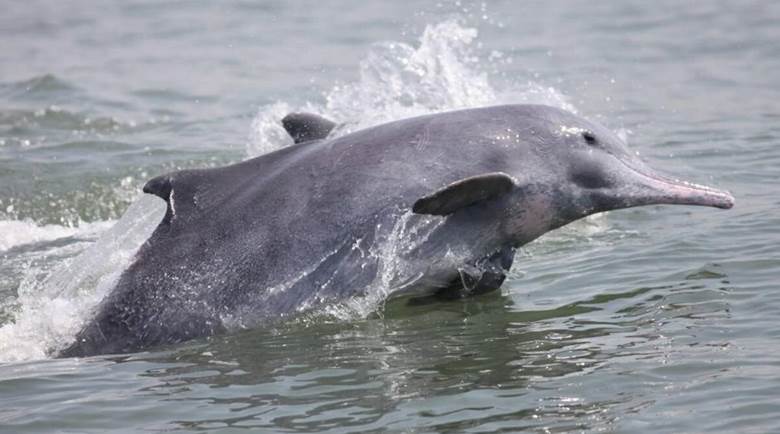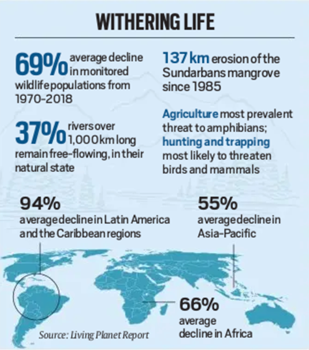Free Courses Sale ends Soon, Get It Now


Free Courses Sale ends Soon, Get It Now



Copyright infringement not intended
Context: Monitored wildlife populations — including mammals, birds, amphibians, reptiles and fish — have seen a 69-per cent drop between 1970 and 2018, according to the latest Living Planet Report, released by the World Wildlife Fund (WWF).
Details:
Findings:

India specific:
About:
World Wildlife Fund for Nature:
Zoological Society of London: Founded in 1826, Zoological Society of London is an international conservation charity working for wildlife conservation.
© 2024 iasgyan. All right reserved